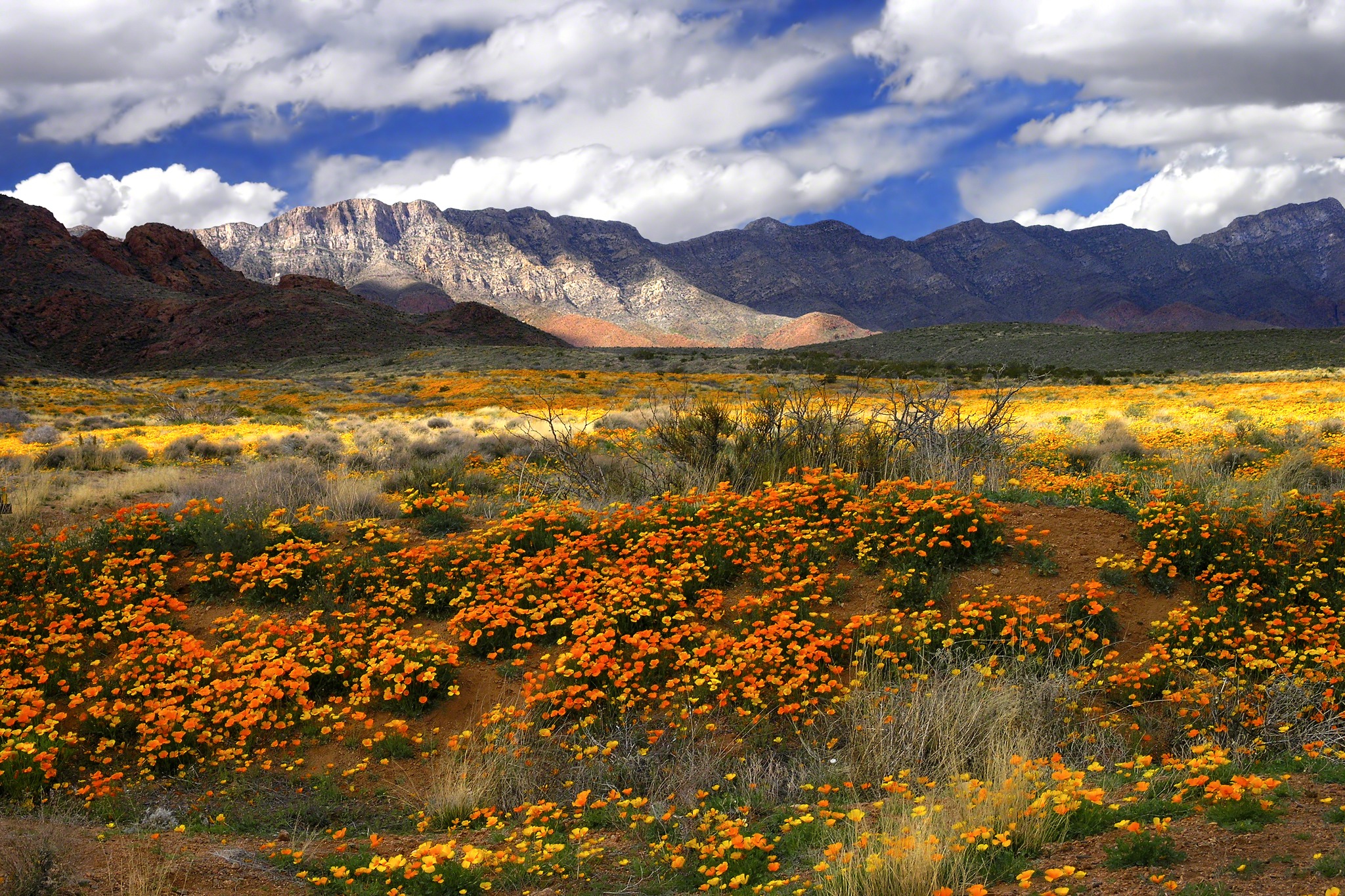Shortly after running afoul of then President Andrew Jackson and losing his final bid for his congressional seat in his native Tennessee, the famed frontiersman Davy Crockett notoriously declared, “You may all go to hell, and I will go to Texas!”
Just like that, the spirit of the disputed Mexican territory known as Texas was cemented, and soon, the region that would become the Lonestar State would become the frontline in American expansion westward, opening up a massive swath of land after the American victory (eventually) in the Mexican-American War.
But the history of Texas is as long and storied as the continent on which it resides, with Native peoples inhabiting different parts of the enormous landmass for millennia before European settlers ever set foot on North America. Due to its enormity, no one Native Tribe ever dominated the entirety of the region but instead shared different parts with numerous Tribes — the Apache to the Comanche and Choctaw to the Kiowa, Kickapoo, and Wichita Nations.
Today, Texas is many things: an oil boomtown in the north and west, a tech mecca to the south in Austin, and the spiritual home of high school football in towns like Odessa and Midland.
Famous international hubs like El Paso, where Mexico and the United States meet on their respective sides of the Rio Grande, are vital to the cultural exchange between the two countries.
From the bright lights of Dallas to the sprawling pristine beaches of Corpus Christie, everything is “bigger in Texas,” as the locals enjoy saying. It should be no surprise that a state as large and diverse should have a wealth of history from which to learn.
Many of these historical educational wellsprings are at Texas’ six National Monuments and memorials. Read on to learn a little more!
Waco Mammoth National Monument: Speaking of everything being bigger in the Lonestar State, this National Monument proves it has always been that way. North American mammoths once roamed this region thousands of years ago, stood some 14 feet high, and weighed up to 20,000 pounds. Visitors can see the fossilized remains of the giant beasts in person at Waco Mammoth. Boasting a truly unique experience, this discovery from 1978 is now a national park and enjoys thousands of visitors every year to see the long-lost giant who once called Texas their home.
Photo Courtesy NPS / City of Waco Public Information
Castner Range National Monument: This site near El Paso claims to tell the region’s story “better than any book,” and many visitors would likely agree. More than 6,000 acres of stunning West Texas land comprise the present-day Castner Range National Monument. Its history includes a longstanding stewardship by the U.S. military as well as being home to Native Tribes for thousands of years. Much evidence of the Indigenous people remains at Castner Range to learn from and experience firsthand. A true gem of West Texas, this destination is a must-see!
Photo Courtesy Castner Range National Monument
Alibates Flint Quarries National Monument: While many of Texas’ National Monuments preserve the history of the Native people who once ruled the land there, this particular National Park gives a little deeper insight into the way of life by examining one of the most important minerals and tools these people used: flint. Alibates Flint Quarries National Monument was a known mining spot for mammoth hunters thousands of years ago. Visitors today can explore the grounds and exhibits and learn how these ancestors used the native rock to form tools and weapons and how the area was of vital importance to the people of the high plains long ago.
Photo Courtesy NPS
Chamizal National Memorial: This National Memorial celebrates the deep bond between Mexico and the U.S. and the 100-year boundary dispute that hung over the area for decades. Today, this dispute is settled, and Chamizal stands as an ode to the special friendship between the two nations and the vibrant cultural identity shared in this region known as “the borderlands.” Visitors can learn more about the history of the boundary set at the end of the Mexican-American War in 1848, the more than 100 years that followed, and the cultural impact it still has today!
Photo Courtesy NPS
El Paso Community Healing Garden National Memorial: Out of unspeakable tragedy, human beings often look for hope and understanding, often finding little of either. However, the human spirit remains resilient in the face of evil and heartbreak. No National Memorial better exemplifies this spirit than the El Paso Community Healing Garden National Memorial. After the racist assault rifle slaying of 23 citizens on Aug. 3, 2019, the community of El Paso came together to try to heal, and part of that healing was to erect this memorial to remember the lives lost and the strength of a community that refused to break in the face of that horrific day. Visitors today are invited to stand in somber solidarity with El Pasoans and honor those lives so tragically lost.
Photo Courtesy El Paso County Parks & Recreation
Military Working Dogs Teams National Monument: This site stands to honor what some might call the greatest Americans among us: dogs! Canines have long been used in military situations and have seen and experienced as fierce fighting as their human counterparts. This National Memorial on Joint Base San Antonio-Lackland memorializes their efforts and sacrifice. Visitors today can learn all about these canine soldiers who served from World War II to the present and can even take a minute to sit and reflect on these heroes by the Not Forgotten Fountain, which features one of many monuments erected to man’s best friend.
Photo Courtesy myairmanmuseum





